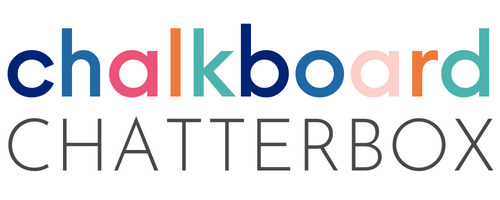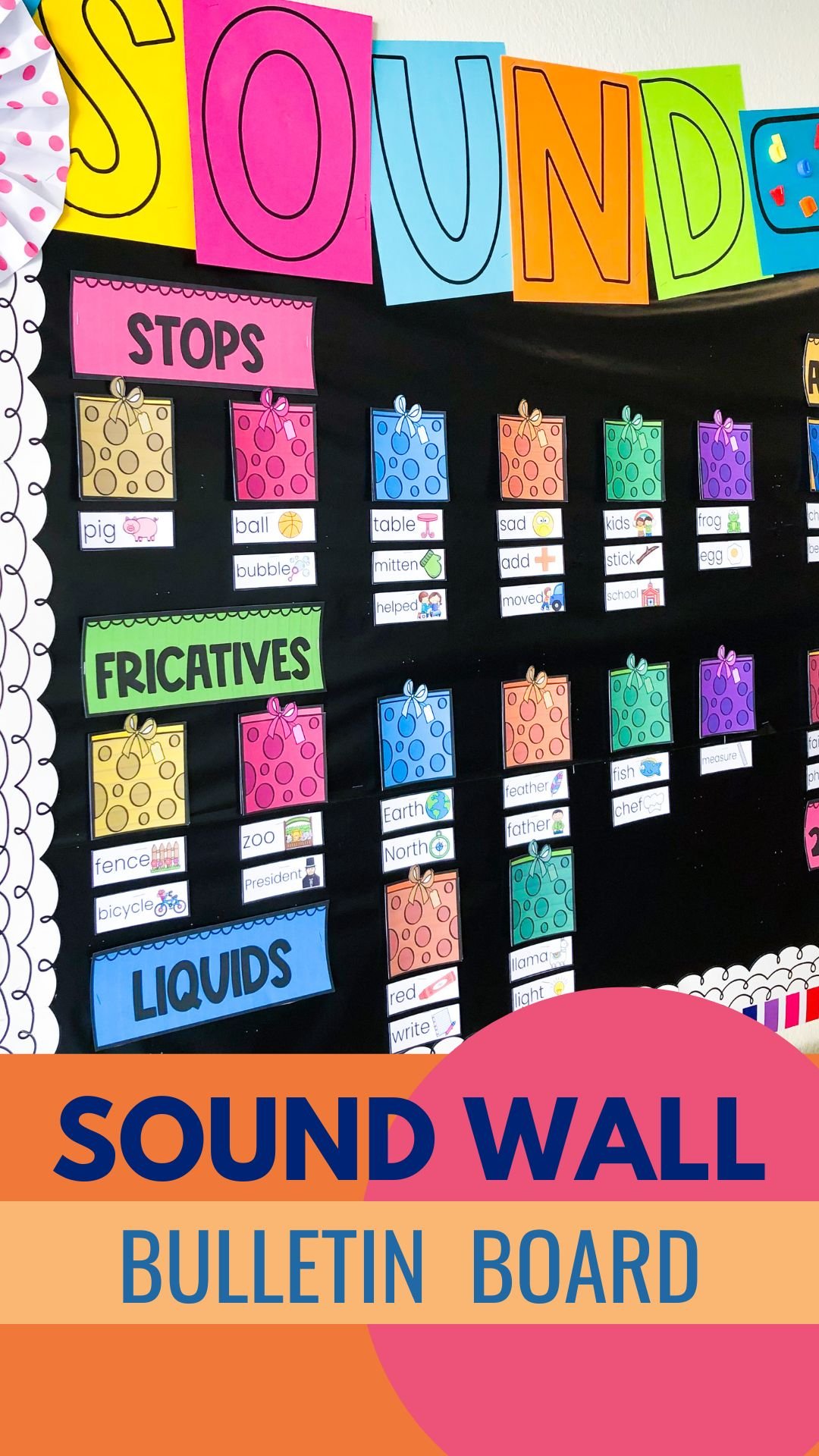Why I’m Trading My Word Wall in for a Sound Wall
When you walk through the halls of a school, you’re sure to see classroom word walls. But, have you ever seen a sound wall? In this post, you’ll learn:
What is a sound wall?
The benefits of using a sound wall
How to use a sound wall in your classroom
What is a Sound Wall?
With a traditional word wall, sight words are displayed in an alphabetical list. The class works together to add important academic words throughout the year.
With a sound wall, most of the focus is around what is happening with the lips, tongue, and teeth as each sound is produced. The words on a sound wall are organized by the 44 phonetic patterns, instead of alphabetically.
The organization of a sound wall is carefully designed to build confidence in young learners because it introduces phonemes based on how easy or difficult a sound is to produce. The “long e” sound is often one of the first sounds introduced because it is considered one of the easiest sounds to make.
Under each heading, you’ll find different words that fit the phonetic pattern. With this visual resource, students see that the /ee/ sound can be made with /ee/ like in feet, or /ea/ like in eat. A sound wall can help students make a connection between auditory and written communication, helping them build a strong foundation for reading and spelling.
A sound wall can be broken up into the following classifications: vowels, diphthongs, schwa, r-controlled, stops, affricates, nasals, fricatives, and liquids.
The Benefits of a Sound Wall
Developing strong phonemic awareness is essential for successful reading fluency and comprehension. When students have strong phonemic awareness, they can apply their skills to successfully decode unknown words. Students are able to use knowledge of phonemes and morphemes to segment and blend words together with ease.
Phonological awareness also supports spelling proficiency, and vocabulary development. These skills allow students to express themselves more easily and effectively in writing. Students with strong phonological awareness have a confidence and pride in reading and writing that is unmatched.
How to Use a Sound Wall to Learn New Words
The design of a sound wall allows students to naturally progress through each phase of learning a new word.
Phonemes
Teachers can begin by introducing the “long e” sound. Model how to make the “long e” sound by telling students to smile, or say cheese. The way that the mouth forms when they smile, is the same way the mouth forms to say the “long e” sound. Continue modeling the correct way to produce each phoneme the student will need to know in the new word. With practice, students will be able to recognize and isolate distinct sounds to form new words.
Morphemes
As students develop their phonemic awareness skills, they will encounter longer, more challenging words. Students can use their skills to decode morphemes to identify the meaning of unknown words.
Graphemes
When learning a new word, students begin to understand the relationship between phonemes and graphemes. A sound wall is the perfect tool to allow students to see the connection in a way that’s clear and easy to understand.
Wrap-Up
A sound wall can help students learn how to read and spell by providing a visual reference that provides a connection between letters and sounds. Students that have a strong foundation in phonemic awareness are confident in their abilities to decode unknown words and have excellent reading comprehension.
Want to try this later? Save Why I’m Trading my Word Wall in for a Sound Wall to your favorite Pinterest board.
You’ll love these related posts












